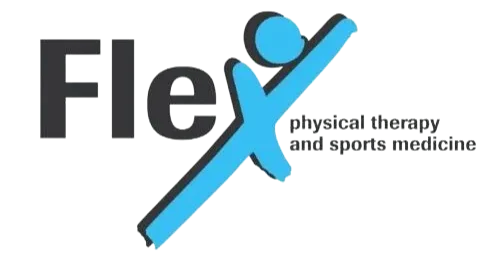
What are Balance and Gait Disorders?
Balance and gait disorders are conditions that impair a person’s ability to stand, walk, or move steadily. These difficulties can make everyday activities—such as walking, climbing stairs, or rising from a chair—challenging and increase the risk of falls and injuries. Maintaining proper balance and gait is essential for safe, independent living.
Request an AppointmentCommon Balance and Gait Disorders
Some of the most common disorders affecting balance and gait include:
- Vertigo: A sensation that you or your surroundings are spinning or moving when you are actually still. It often results from inner ear issues or brain-related problems.
- Dizziness: Feeling lightheaded or unsteady, which can be caused by low blood pressure, dehydration, or ear conditions.
- Ataxia: A neurological condition that disrupts coordination and balance, often due to damage to the cerebellum (the brain area controlling movement).
- Parkinson’s Disease: A progressive neurological disorder characterized by tremors, muscle stiffness, and difficulties with balance and movement.
- Peripheral Neuropathy: Damage to the nerves in the hands and feet causing numbness, weakness, and balance challenges.
How Do You Know if You Have a Balance or Gait Disorder?
Look out for these signs and symptoms:
- Feeling dizzy or unsteady, as if you might fall.
- Difficulty walking smoothly, often with a shuffling or uneven gait.
- Frequent falls or near-falls during everyday activities.
- Experiencing vertigo or a spinning sensation.
- Numbness or weakness in the legs or feet.
- Trouble with coordination, such as difficulty picking up small objects.
What Causes Balance and Gait Disorders?
These disorders may be triggered by various factors, including:
- Inner Ear Problems: Infections or conditions like Meniere’s disease that affect balance.
- Neurological Conditions: Stroke, multiple sclerosis, Parkinson’s disease, and others that affect the brain’s control over movement.
- Musculoskeletal Issues: Weakness or problems in muscles, joints, or bones that impact stability.
- Medications: Certain drugs may cause dizziness or imbalance as side effects.
- Aging: Muscle and joint weakening over time can increase the risk of balance problems.
How Can Balance and Gait Disorders Be Treated?
Treatment depends on the cause but may include:
- Physical Therapy: Exercises and techniques to improve strength, coordination, and balance.
- Medications: To manage symptoms or treat underlying conditions.
- Assistive Devices: Canes, walkers, or braces to provide stability while walking.
- Lifestyle Changes: Modifications at home like adding handrails or removing tripping hazards to prevent falls.
- Surgery: Occasionally required for structural issues affecting balance.
How Can You Prevent Balance and Gait Disorders?
To reduce your risk:
- Stay active to maintain muscle strength and coordination.
- Discuss medication side effects with your healthcare provider.
- Stay well hydrated to avoid dizziness.
- Schedule regular medical check-ups to detect issues early.
- Make your living environment safer by removing hazards and adding supports.
Understanding Balance and Gait Disorders
Balance and gait disorders can affect anyone and may significantly impact quality of life. Early recognition and proper medical care are vital for effective management. With appropriate treatment and preventive strategies, many individuals can improve their stability, regain confidence, and enjoy a more active lifestyle.
If you or a loved one experiences balance or gait difficulties, consult a healthcare professional for evaluation and a personalized treatment plan. Prioritizing balance health is key to maintaining independence and well-being!
